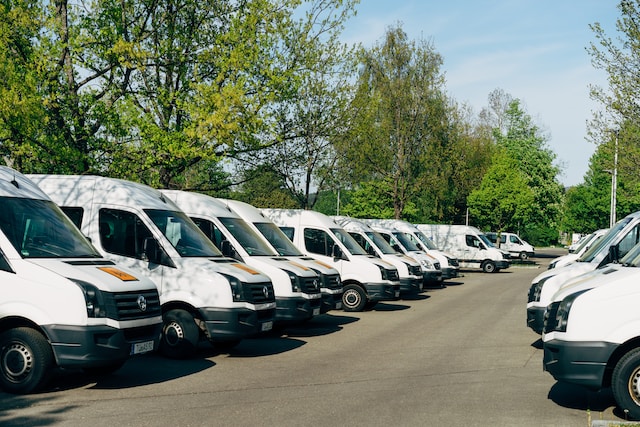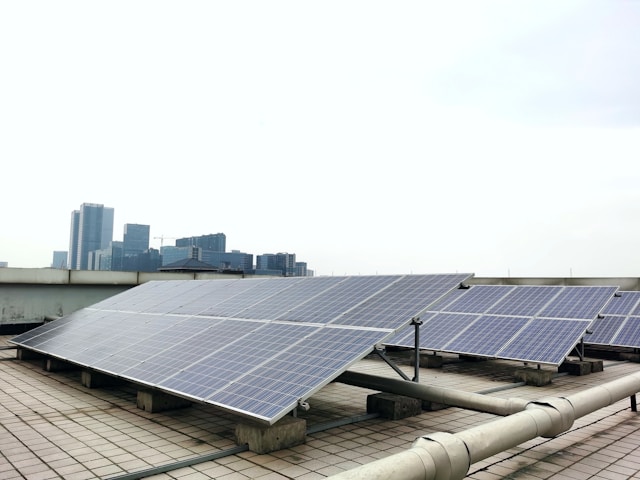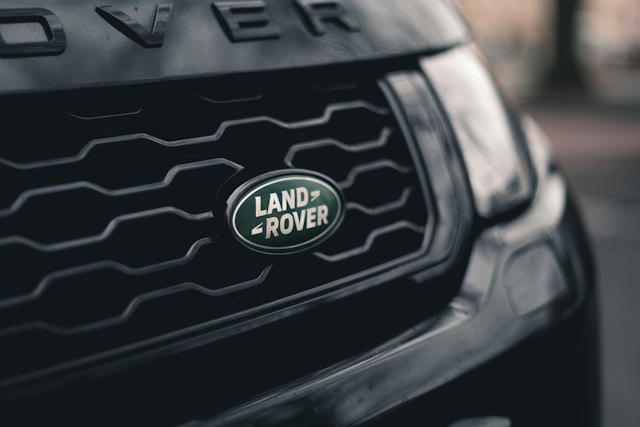Building the First Lunar Cellular Network
Nokia is spearheading a groundbreaking effort to establish the first cellular network on the Moon—an essential step toward sustained lunar exploration. At the heart of this initiative is the Lunar Surface Communication System (LSCS), a compact, self-contained “network in a box.”
Why the Moon Needs 4G Connectivity
This deployment is more than a technological feat—it’s a critical infrastructure upgrade. Unlike current reliance on direct radio signals, which are prone to limitations and disruptions, a dedicated 4G network will enable:
- Robust Data Transfer – Supporting high-resolution imagery, vital scientific data, and real-time communication with greater efficiency.
- Consistent Communication – Ensuring a stable, reliable link between astronauts, robotic explorers, and mission control on Earth.
- Enhanced Remote Operation – Enabling precise remote control of lunar rovers and equipment to optimize exploration and research.
- Scalable Infrastructure – Laying the groundwork for future lunar habitats and expanded missions.
Engineered for the Lunar Environment
The LSCS is designed to withstand the Moon’s harsh conditions. Its compact, ruggedized design allows for easier deployment and resilience in space. But this technology isn’t just about connectivity—it’s about building the foundation for a sustained human presence on the Moon.
A Step Toward Mars and Beyond
The data and experience from this pioneering project will be instrumental in developing future communication systems, including those for Mars missions. Nokia’s endeavor marks a significant step forward, proving that robust terrestrial technologies can thrive in extraterrestrial environments.







